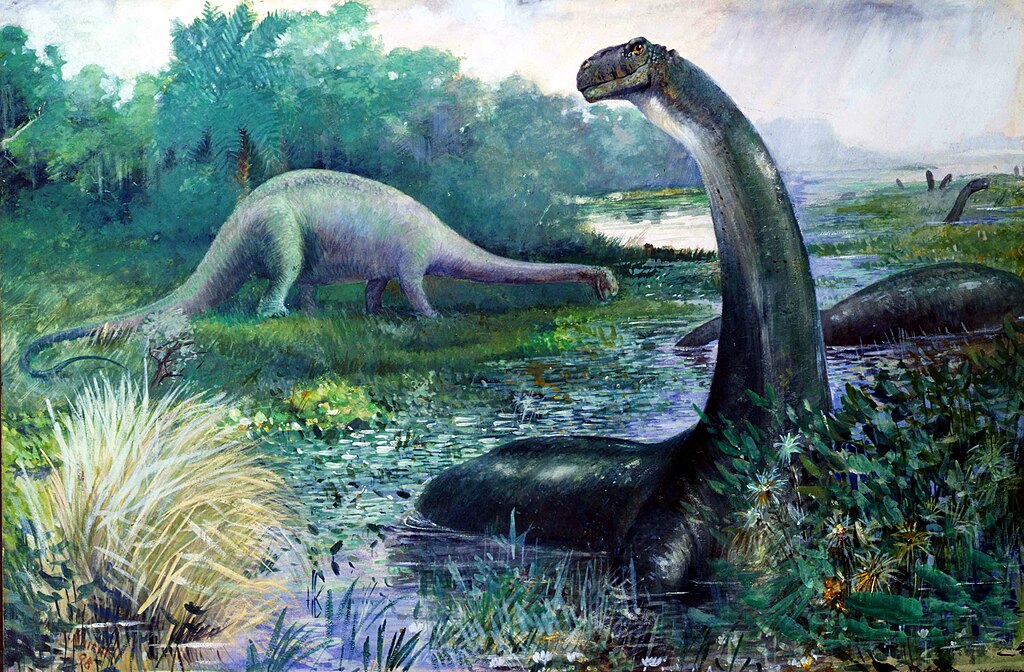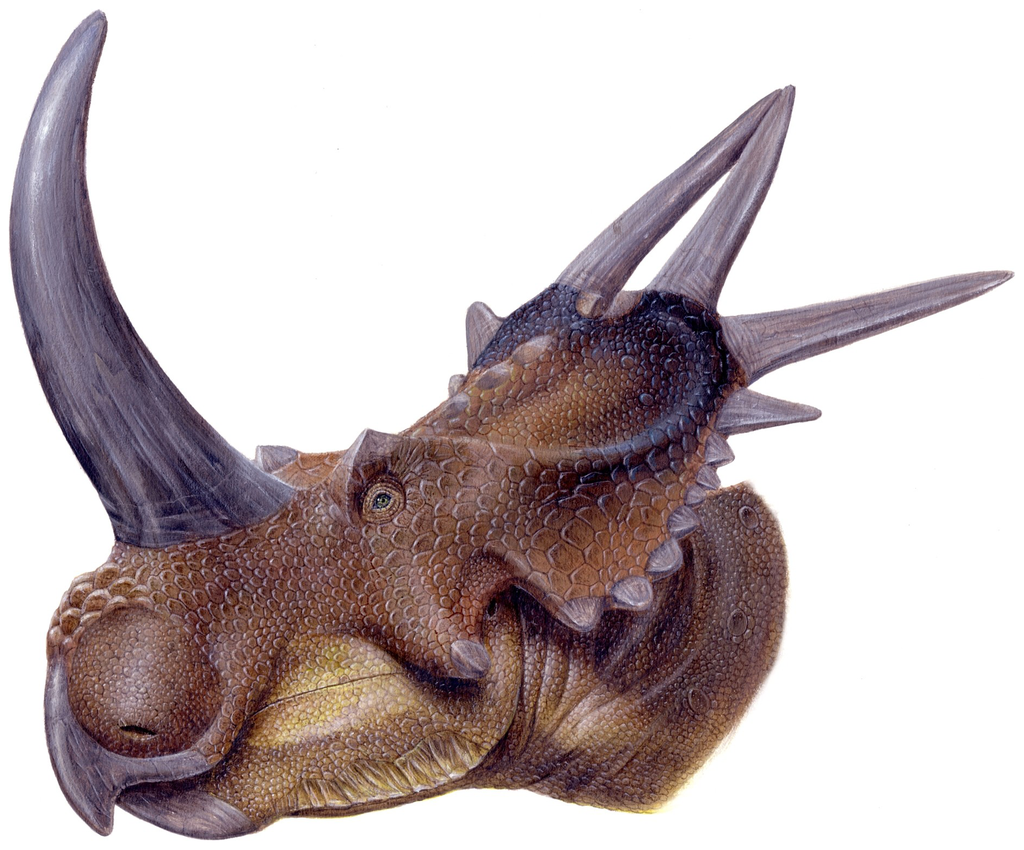Paleontology offers us glimpses into Earth’s distant past, but these glimpses often come as fragmented bones and partial skeletons. Converting these ancient remnants into accurate, lifelike representations of extinct animals requires the specialized expertise of paleoartists. These talented individuals blend scientific knowledge with artistic skill to breathe life into creatures that disappeared millions of years ago. Their work forms the foundation of our visual understanding of dinosaurs and other prehistoric life, influencing everything from museum exhibits to blockbuster films. But how exactly do paleoartists transform dusty fossils into vibrant, believable creatures? Let’s explore the fascinating process behind this unique intersection of science and art.
The Fossil Foundation: Working with Incomplete Evidence

Before any artistic interpretation begins, paleoartists must understand what they’re working with – usually an incomplete puzzle. Complete dinosaur skeletons are exceedingly rare treasures in paleontology, with most species known from just 20% or less of their total skeleton. Paleoartists start by carefully studying the available fossil material, noting anatomical details like muscle attachment points, proportions, and unique features. They must become intimately familiar with comparative anatomy, examining related species and modern analogues to fill gaps in the fossil record. This foundational research phase often involves collaborating directly with paleontologists, visiting museum collections, and reviewing scientific literature to ensure their reconstruction begins from the most accurate skeletal basis possible. The challenge is significant – imagine trying to recreate an entire animal when you might only have its leg bones or partial skull.
Establishing the Skeletal Framework

The creation of an accurate skeletal reconstruction forms the crucial first step in paleoart. Artists typically begin by scaling all available fossil elements to their proper proportions, arranging them into anatomically correct positions. Where bones are missing, they rely on phylogenetic bracketing – examining the closest living relatives and similar extinct species to make educated guesses about the missing parts. Digital modeling software has revolutionized this process, allowing artists to create 3D skeletal models that can be manipulated and viewed from all angles. These skeletal reconstructions must account for proper joint articulation, range of motion, and overall posture based on current scientific understanding. Paleoartists spend considerable time determining stance, gait, and natural positioning before moving forward with soft tissue reconstruction. This skeletal framework serves as the scientific blueprint that guides all subsequent artistic decisions.
Muscle Reconstruction: Bringing Bones to Life

With the skeleton established, paleoartists next tackle the complex task of reconstructing the musculature that once covered those ancient bones. This process relies heavily on the extant phylogenetic bracket – studying muscle arrangements in modern relatives like birds and crocodilians to inform dinosaur reconstructions. Bones themselves provide crucial clues, as muscle attachment sites often leave distinctive marks, ridges, and textures on fossil specimens. These osteological correlates help determine where muscles connected and how large they might have been. Artists build muscle groups systematically, beginning with the deeper layers and working outward, following established patterns of vertebrate anatomy. The resulting musculature must be functionally viable – able to power the movements the animal would have made in life. This stage transforms the skeletal outline into a more substantial form, with the emerging shape reflecting both the scientific evidence and the artist’s interpretation of how these creatures functioned as living, moving animals.
The Integument Question: Scales, Feathers, or Both?
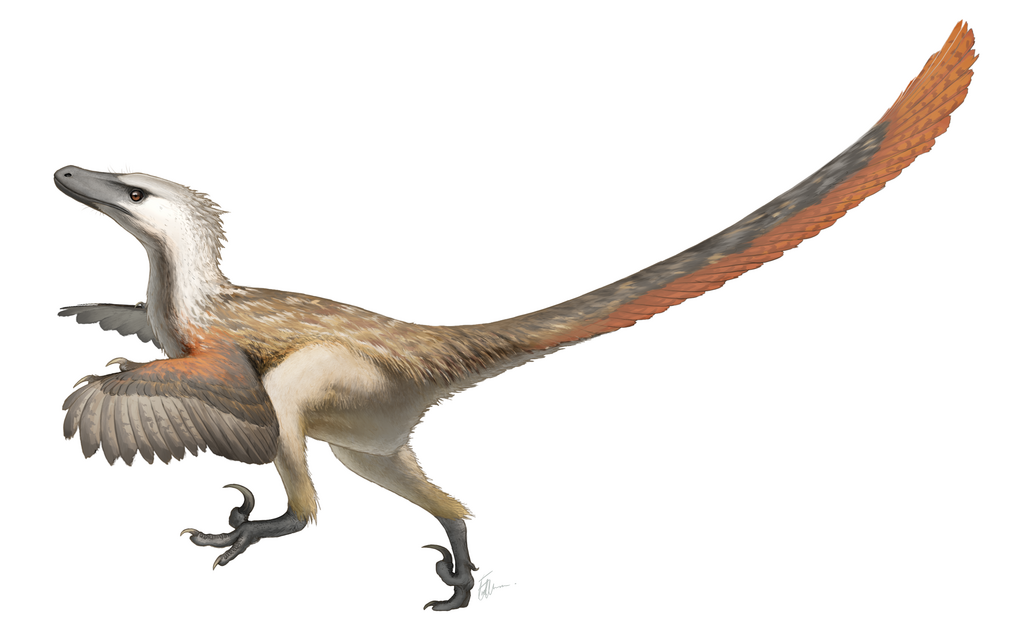
Perhaps no aspect of dinosaur reconstruction has evolved more dramatically than our understanding of dinosaur skin coverings. Once universally depicted with reptilian scales, many dinosaur groups are now known to have possessed feathers or feather-like structures. Paleoartists must carefully research the current evidence for each species they depict, examining rare skin impressions and trace fossils when available. When direct evidence is lacking, they apply phylogenetic reasoning – if closely related species had feathers, the animal being reconstructed likely did too. The types of integument can vary dramatically across the dinosaur’s body, requiring artists to make informed decisions about feather length, density, and distribution. These choices significantly impact the final appearance and can completely transform our perception of familiar dinosaurs. Modern paleoartists must stay current with rapidly evolving research, as new fossil discoveries continually refine our understanding of dinosaur appearance, sometimes requiring dramatic revisions to previously accepted reconstructions.
Determining Color and Pattern: Science Meets Speculation

Coloration represents one of the most challenging aspects of dinosaur reconstruction, as color rarely preserves in the fossil record. However, science has made remarkable strides in this area through the discovery of melanosomes – microscopic structures that contain pigments in ancient feathers and scales. By comparing these structures to those in modern animals, scientists can sometimes determine if a dinosaur displayed black, brown, or reddish colors in certain body parts. When such direct evidence is unavailable, paleoartists turn to ecological and behavioral considerations. They examine coloration patterns in modern animals living in similar environments or with similar lifestyles. Camouflage patterns, display colors, and warning signals all evolve for specific purposes, allowing artists to make educated guesses about functionally appropriate coloration. While substantial creative license remains necessary, today’s paleoart increasingly grounds color choices in biological principles rather than pure imagination.
The Environmental Context: Placing Dinosaurs in Their World
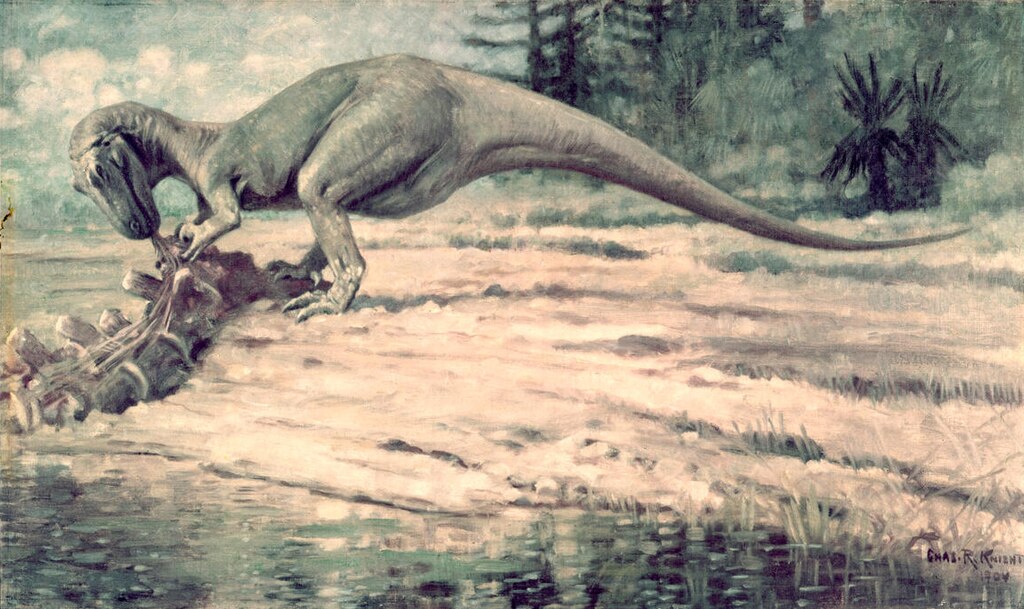
Dinosaurs didn’t exist in isolation, and modern paleoartists recognize the importance of placing reconstructed animals within scientifically accurate environments. This requires extensive research into ancient ecosystems, studying fossil plants, pollen records, and sedimentary evidence to determine landscape features and vegetation types. The environmental reconstruction must match the specific period and geographic location where the dinosaur lived, as Earth’s ecosystems changed dramatically throughout the Mesozoic era. Artists consider factors like climate, weather patterns, and seasonal variations that would have influenced both the landscape and the dinosaur’s appearance and behavior. By accurately portraying ancient environments, paleoartists create more meaningful reconstructions that show not just what dinosaurs looked like, but how they interacted with their world. This ecological context transforms isolated anatomical reconstructions into windows into prehistoric ecosystems, greatly enhancing their scientific and educational value.
Behavioral Interpretation: Bringing Dinosaurs to Action

Modern paleoart goes beyond static anatomical reconstructions to depict dinosaurs as living, behaving animals. This requires artists to research and interpret potential behaviors based on a combination of fossil evidence and comparative biology. Trace fossils like footprints, nesting sites, and feeding traces provide direct evidence of certain behaviors. Skeletal adaptations suggest capabilities and limitations that inform behavioral reconstructions – jaw mechanics indicate feeding styles, limb proportions suggest locomotion patterns, and sensory adaptations hint at hunting or social behaviors. Artists must also consider the animal’s ecological niche, body size, and metabolic requirements when depicting behaviors. Modern paleoartists increasingly portray dinosaurs engaged in scientifically plausible activities like hunting, nesting, or social interactions, moving away from outdated depictions of constant combat or lethargic reptilian behavior. These behavioral interpretations, while necessarily speculative, are grounded in biological principles and our growing understanding of dinosaur paleobiology.
Digital Tools and Traditional Techniques
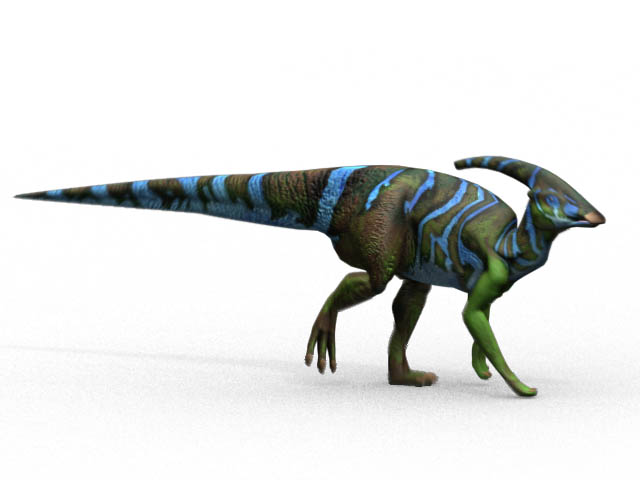
The tools and techniques of paleoart have evolved dramatically over time, from the traditional paintings of the 19th century to today’s digital 3D models. Modern paleoartists employ an impressive array of techniques spanning both traditional and digital realms. Digital sculpting programs allow artists to build anatomically accurate models that can be posed, textured, and lit to create highly realistic renderings. These digital workflows enable easier revisions when new scientific information emerges. Traditional techniques remain valuable as well, with many prominent paleoartists still using sculpture, painting, and drawing to create compelling reconstructions. The physical understanding of form that comes from traditional techniques often informs digital work. Many artists employ hybrid approaches, perhaps sketching initial concepts traditionally before moving to digital tools for final execution. Regardless of medium, the goal remains the same: creating scientifically informed, visually compelling reconstructions that balance accuracy with aesthetic appeal.
Scientific Collaboration: The Importance of Expert Guidance
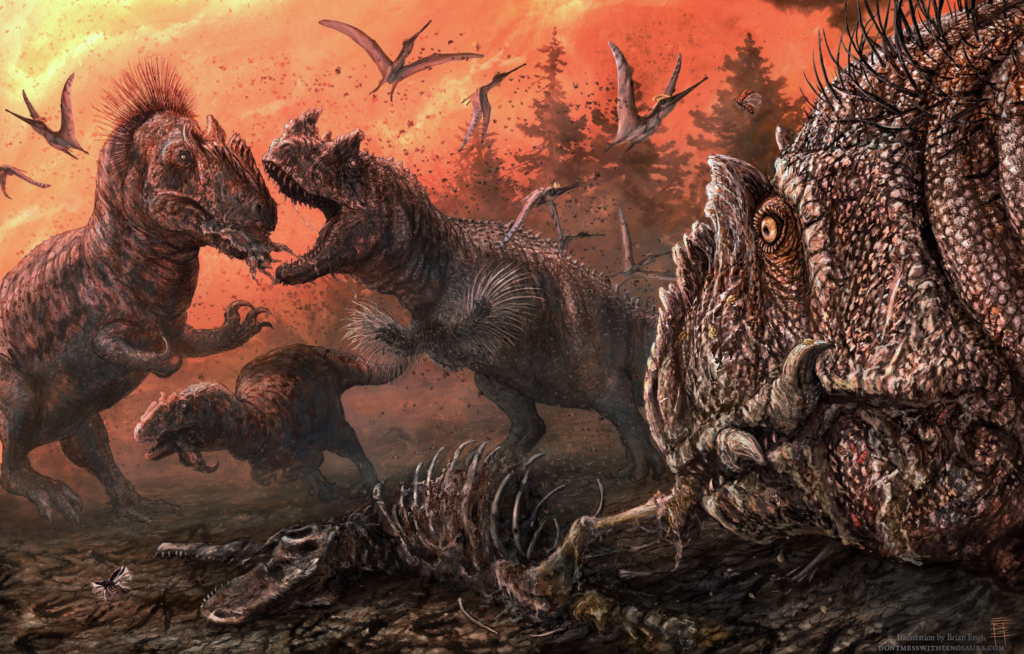
The most accurate paleoart emerges from close collaboration between artists and scientists. Leading paleoartists maintain regular communication with paleontologists, consulting with them throughout the reconstruction process to ensure scientific accuracy. Many major museums and scientific publications now employ dedicated paleoartists who work directly with research teams, sometimes even participating in fossil excavations to gain firsthand understanding of discoveries. These collaborations benefit both sides – artists gain access to the latest scientific information and expert guidance, while scientists see their research visualized in compelling ways that communicate complex ideas to both colleagues and the public. The collaborative approach has significantly improved the scientific rigor of modern paleoart compared to earlier generations. Today’s most respected paleoartists often co-author scientific papers, participate in academic conferences, and develop specialized expertise in particular dinosaur groups or anatomical systems, blurring the traditional boundaries between artist and scientist.
Evolving Interpretations: When Science Changes

Paleoart is inherently provisional, subject to revision as scientific understanding evolves. The history of dinosaur art reveals dramatic transformations in how we visualize these animals, from the lumbering swamp-dwellers of Victorian illustrations to today’s dynamic, often feathered interpretations. Significant shifts occur when new fossil discoveries provide better evidence, analytical techniques improve, or theoretical frameworks change. The “Dinosaur Renaissance” of the 1970s revolutionized paleoart by reinterpreting dinosaurs as active, possibly warm-blooded animals, while the discovery of extensive feathering in theropod dinosaurs transformed artistic depictions in the early 2000s. Professional paleoartists must remain flexible, willing to abandon cherished interpretations when new evidence emerges. This scientific responsiveness distinguishes serious paleoart from more fantastical dinosaur imagery. Each generation of paleoart represents the best scientific understanding of its time, creating a visual record of how our perception of prehistoric life has evolved alongside the science itself.
Balancing Accuracy and Aesthetic Appeal
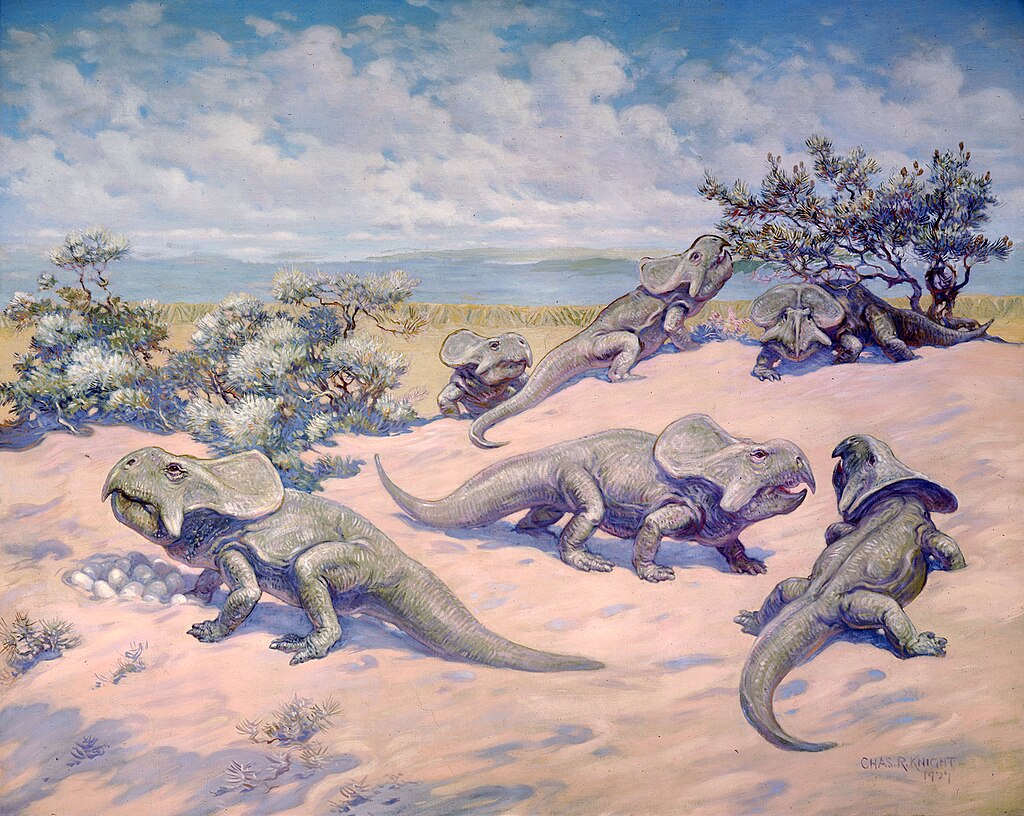
Successful paleoart walks a delicate line between scientific accuracy and artistic impact. The most compelling reconstructions adhere closely to available evidence while still creating visually engaging images that capture the imagination. Artists must make countless judgment calls about details that aren’t preserved in fossils, deciding when to follow the most conservative interpretation and when creative interpretation is appropriate. Commercial pressures sometimes push artists toward more dramatic or visually striking depictions, particularly in entertainment contexts. However, the field increasingly values accuracy, with many paleoartists building their reputations on scientific rigor rather than dramatic license. Different contexts demand different approaches – a scientific illustration for a journal article requires stricter adherence to evidence than concept art for a museum exhibit or film. The best paleoartists develop a personal style that communicates scientific information effectively while still creating aesthetically powerful images that connect viewers emotionally to ancient life.
The Impact of Paleoart on Public Understanding
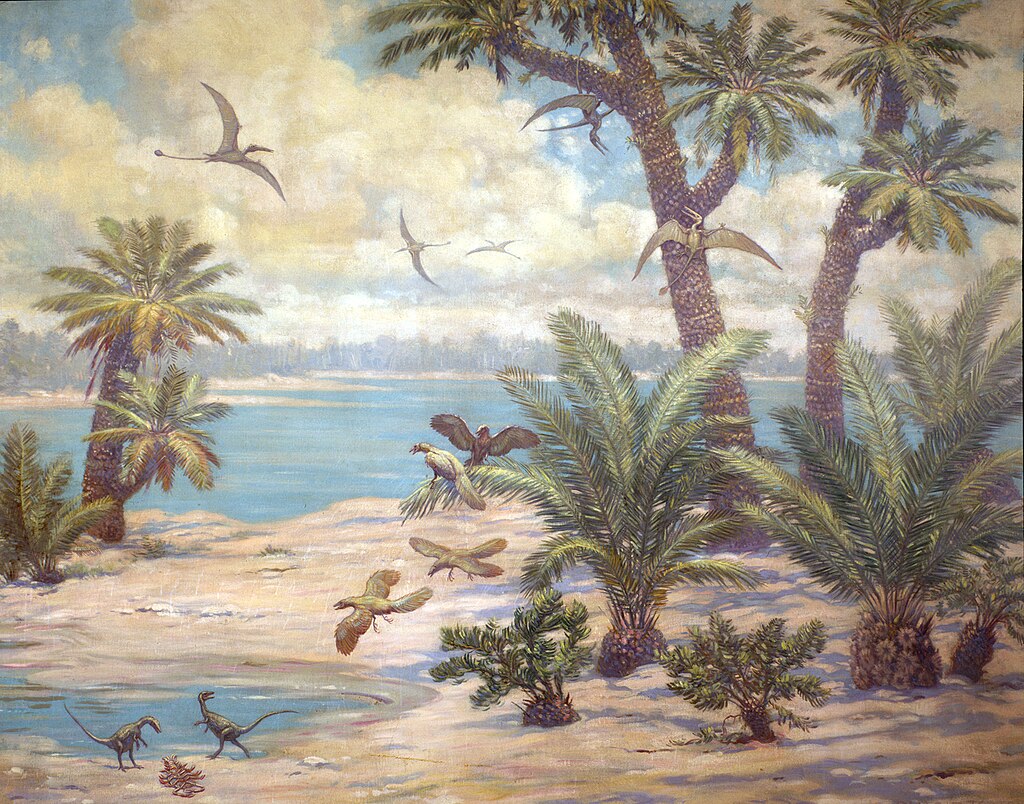
Paleoart profoundly shapes how the public conceptualizes prehistoric life, often having greater influence than the fossil evidence itself. Most people’s mental image of a Tyrannosaurus or Stegosaurus comes not from examining fossils but from artistic reconstructions they’ve encountered in museums, books, and media. This gives paleoartists enormous responsibility as science communicators, as their visual interpretations can either reinforce scientific understanding or perpetuate misconceptions. Effective paleoart makes complex scientific concepts accessible, helping viewers grasp evolutionary relationships, ecological interactions, and anatomical adaptations through visual means. Museums increasingly recognize this educational power, investing in scientifically rigorous art installations that complement fossil displays. When paleoart successfully balances accuracy with emotional impact, it creates memorable connections to prehistoric life that text alone cannot achieve. This visual dimension of paleontology transforms abstract scientific knowledge into concrete understanding, making ancient worlds tangible to modern audiences.
Future Frontiers: New Technologies and Approaches
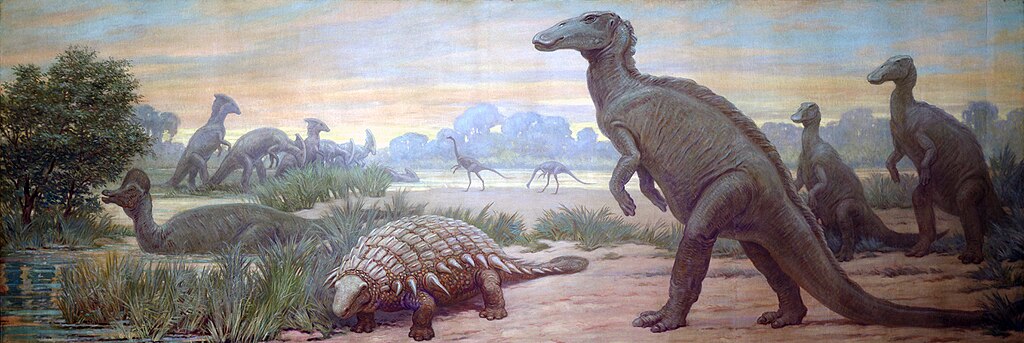
The field of paleoart continues to evolve rapidly, with emerging technologies opening new possibilities for scientific visualization. Advanced CT scanning and photogrammetry techniques now allow fossils to be digitized with unprecedented accuracy, creating precise 3D models that serve as starting points for reconstructions. Computational approaches like finite element analysis help test the biomechanical plausibility of reconstructed postures and movements. Machine learning algorithms are beginning to assist with comparative anatomy, helping identify patterns across species that inform reconstructions. Virtual and augmented reality technologies create immersive experiences where viewers can encounter reconstructed dinosaurs in simulated environments. These technological advances don’t replace artistic skill and scientific knowledge but enhance them, providing more rigorous foundations for creative interpretations. As our scientific understanding continues to improve and technology advances, tomorrow’s paleoart will likely achieve even greater accuracy while creating increasingly compelling visual experiences that bring ancient worlds to life for new generations.
Conclusion
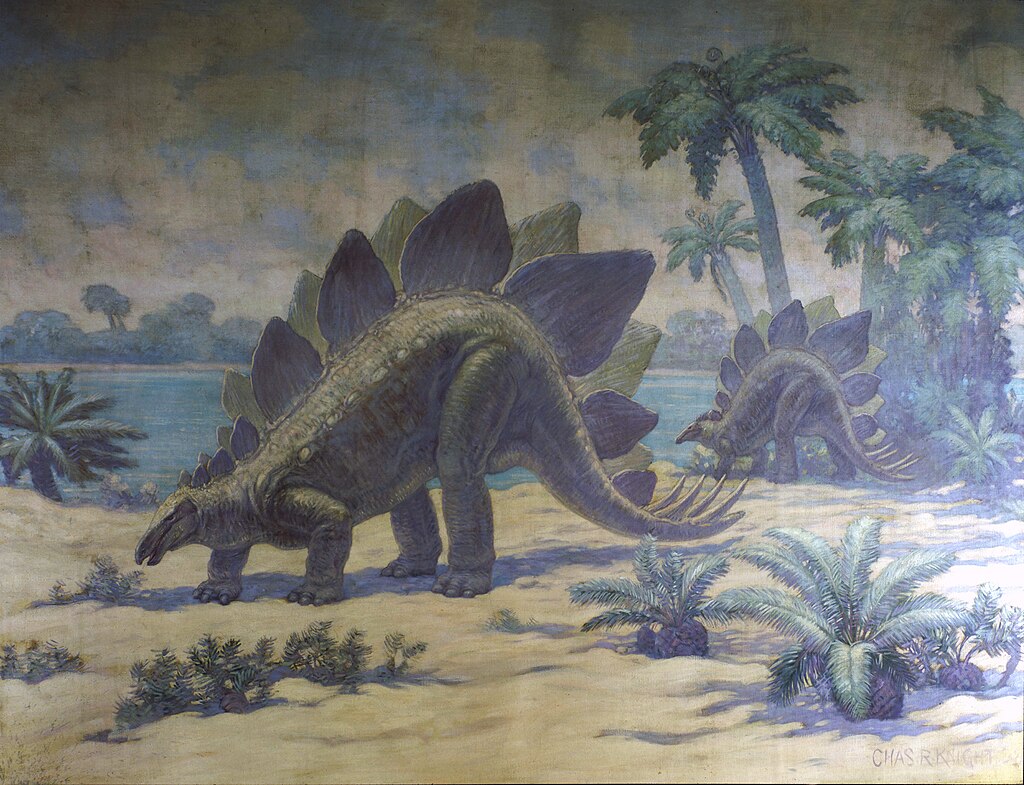
Paleoartists occupy a unique position at the intersection of science and art, transforming fragmentary fossil evidence into complete visual reconstructions that shape our understanding of prehistoric life. Their work requires mastery of comparative anatomy, evolutionary biology, and artistic technique, combined with the humility to revise interpretations as science advances. From the initial skeletal framework to the final details of color and behavior, each step in the reconstruction process involves careful consideration of available evidence and thoughtful application of biological principles. While we may never know exactly what dinosaurs looked like in life, modern paleoart provides our best visual approximation based on current scientific understanding. As both science and art continue to evolve, so too will our visual conception of these remarkable animals that dominated Earth for over 150 million years, their fossilized remains forever inspiring new interpretations through the skilled hands of paleoartists.

